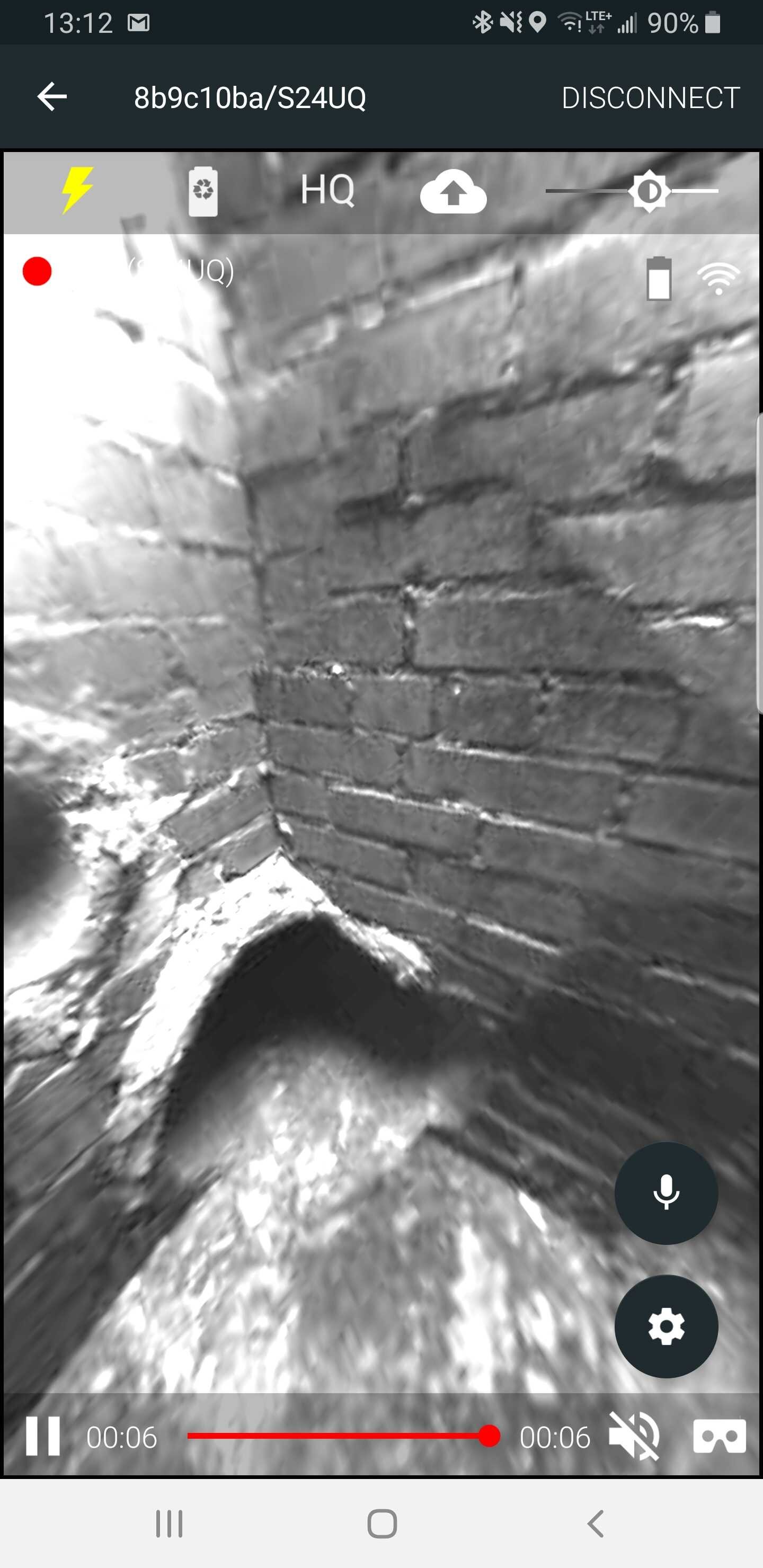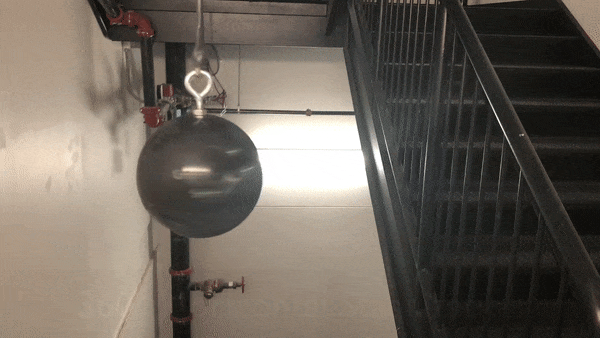The challenge of Subterranean (SubT) environments is increasingly clear. The tactical advantages to asymmetric adversaries such as terrorist and insurgent groups or for drug or human smuggling groups has meant that natural and human-made tunnels and other underground spaces are a growing concern. The technical challenges of dealing with these spaces are also clear – limited space, light, visibility, and ability to orient push systems to the limit and put first responders and tactical users at risk.
The size, 360-degree visibility, IR capabilities, and orientational stability of our camera systems (originally helpful for their use in search & rescue operations) make them well-suited for this challenge and we have found that our partners in law enforcement and defense are increasingly relying on our systems for these difficult environments. In this article we review the results of a couple of SubT exercises and learnings from using our cameras in these spaces. We also review our umbilical tether, an accessory that is becoming increasingly important for SubT uses in cases when the holes are so deep or the materials so dense that wireless communications become unusable.
SubT applications for cameras can run from a small drainage pipe to massive manmade tunnels hundreds of feet underground. Interestingly however these all share many common challenges:
-
Small, narrow, and long access points for a camera system
-
Difficulty maintaining situational awareness in multiple directions simultaneously, and the disorienting nature of an unseen space with few reference points
-
Communications in complex environments
We’ll cover each challenge in order below with some examples.
Small or Narrow Access Points
Even when a tunnel is several meters in diameter, it is often the case that any camera system has to deal with the least common denominator width of the smallest opening to gain access to that space. Therefore it is important to pack our electronics in a small package. Our new Recce360 Mini and Explorer 2.0 Mini product lines do just that. The image below is of a small and tight sewer drain along a roadway. In this exercise, searchers believed a human might be hiding in access pipes deep below the surface, but the only available access point known to the searchers at this point was this tiny sewage drain case. Not only was the opening small, but accessing it required several 90-degree turns that made a seachcam ineffective but our small camera on a rope ideal for this SubT search:
The result of this exercise was a clear image of what turned out to be not one but two large access pipes several meters down:
A traditional searchcam, several times the cost of our system, would have been unable to make the turns needed to get down into that space and identify the access points. Only a system like ours could access this space – an example of the challenges of access in the SubT arena.
Screenshots of the access points at the bottom of this sewer as viewed on our Android/iOS application
Situational Awareness and Orientation in Unseen Spaces
In the above example, we had to have our camera make several turns to access a difficult to reach spot in a sewer system. How can a human being work out in their mind how to map that out in space, and specifically how to understand where the access tunnels were relative to where we were standing (crucial if for example we wanted to do pilot drills to access them from another direction)? In this case, we were able to rely on the unique stabilization of our system to determine that the access points were ahead of us (rather than to the side or behind us). How?
We knew that we were looing “forward” on our screens when we first inserted the camera. Because of our stabilization, that meant that we could be sure that if the images appeared ahead of us, they WERE ahead of us, regardless of how the camera moved or rotated on the way down.
As an ever more intuitive method for establishing orientation, in other cases we have used a VR headset to know exactly where objects are in an underground space. The image below shows a Buffalo Fire department captain identifying that a drain is behind him relative to where he is looking during a pipe inspection:
An associated challenge is that in a tunnel there is almost always at minimum two directions from which a threat could emerge – front and back (and if the tunnel is wide enough, the sides). Traditional cameras are limited to one direction of view. Our system allows continuous monitoring of ALL directions simultaneously. Multiple viewers can look in different directions at the same time, basic motion detection can alert them to movement in a specific direction, and all video is stored in all directions:
Communications
Finally, we must accept that as we go into deep spaces with a mix of materials, communications become more challenging. We have found that the best way to address this is to have multiple communications paths. Some environments will be opaque to WiFi signals but transparent to 4G-LTE or radio wavelengths. Given that, we offer at least four ways to connect to our cameras:
-
Self-generated wifi hotspot
-
4G-LTE
-
MANET radio networks (contact us for more information)
-
Wired umbilical tether
As we move deeper and deeper, our umbilical tethering capability is becoming essential to end users battling determined adversaries willing to continue a literal race to the bottom.







